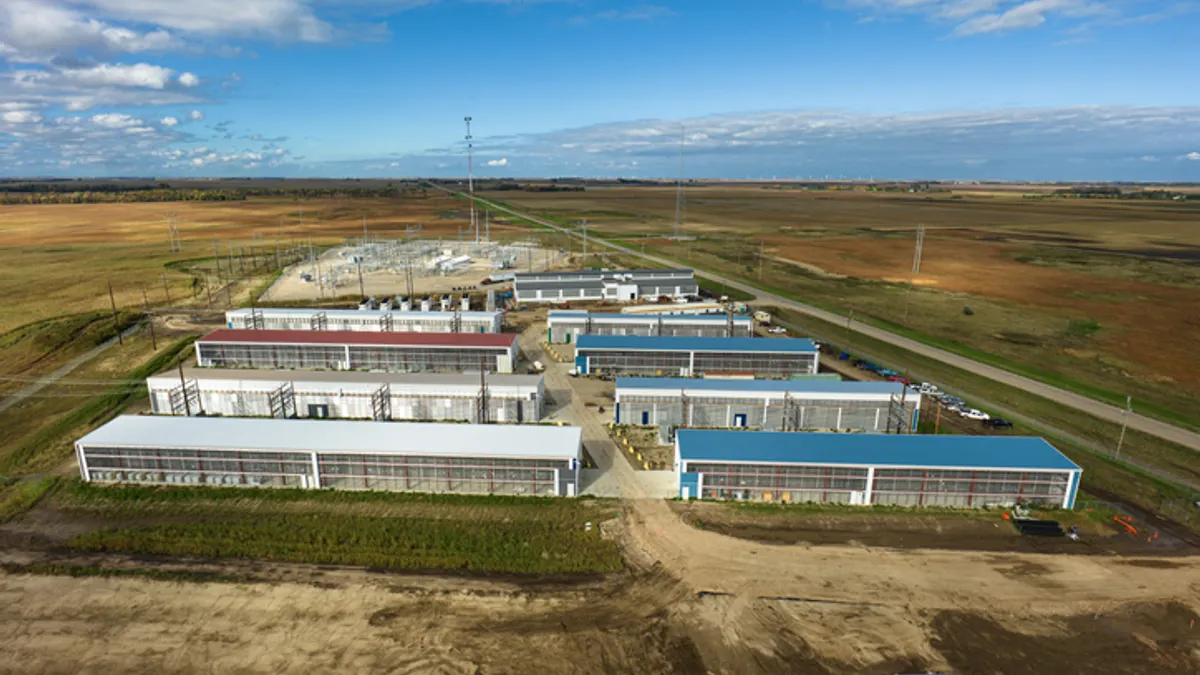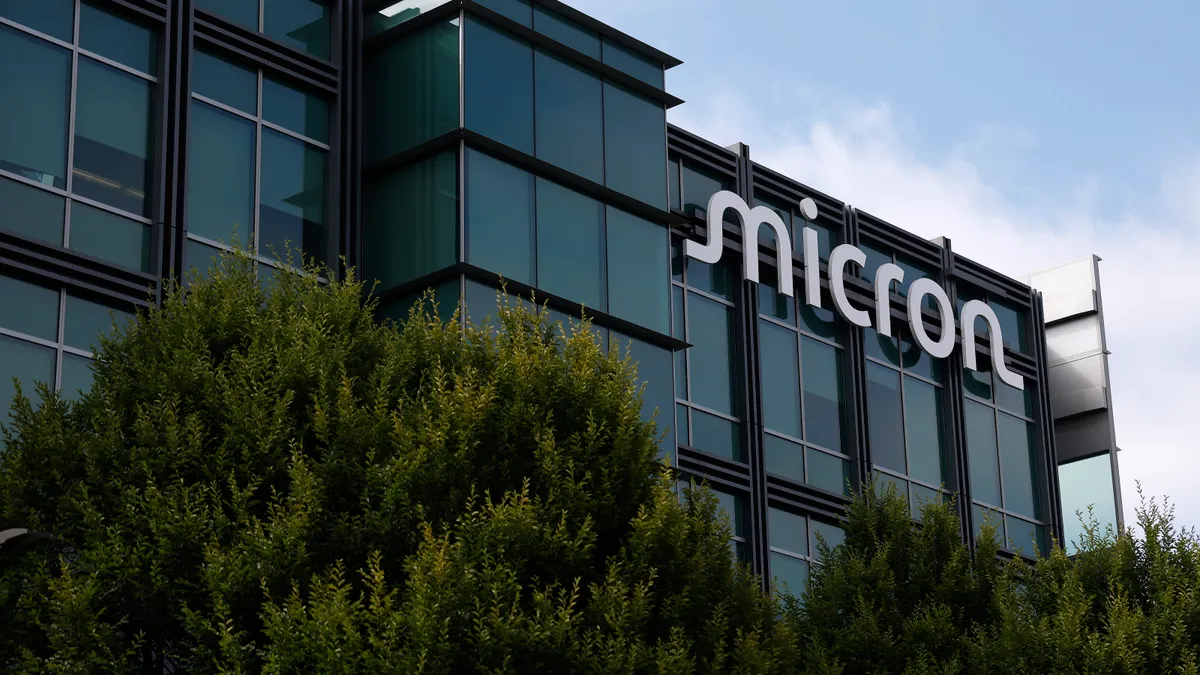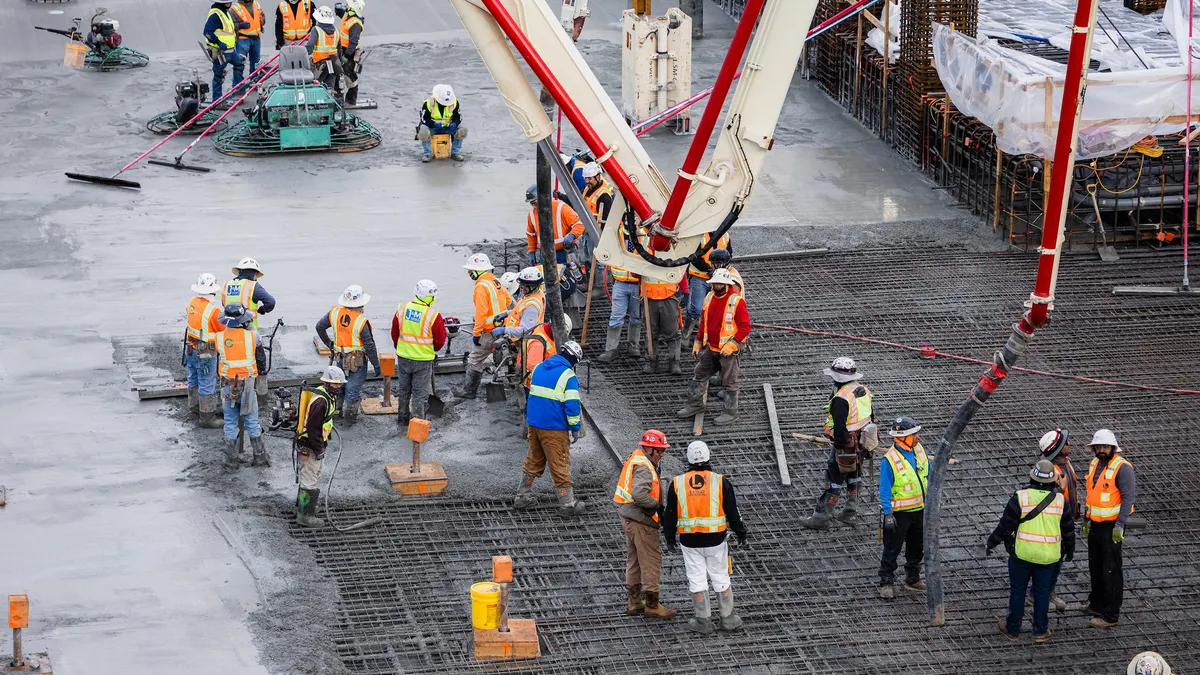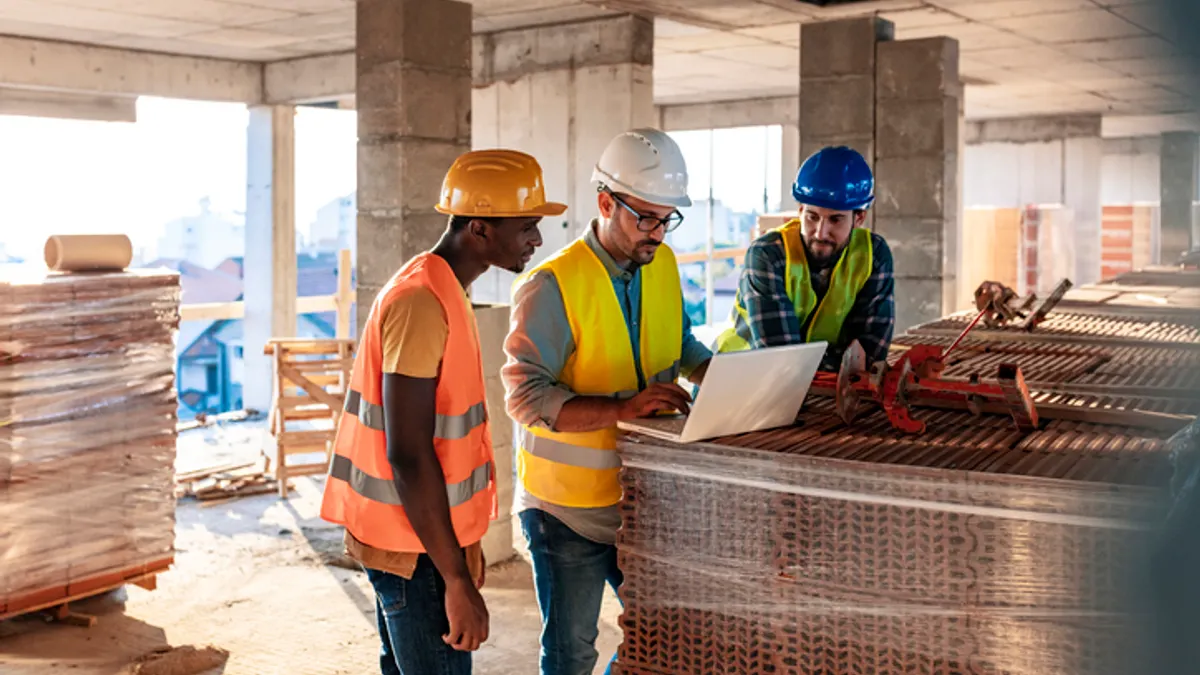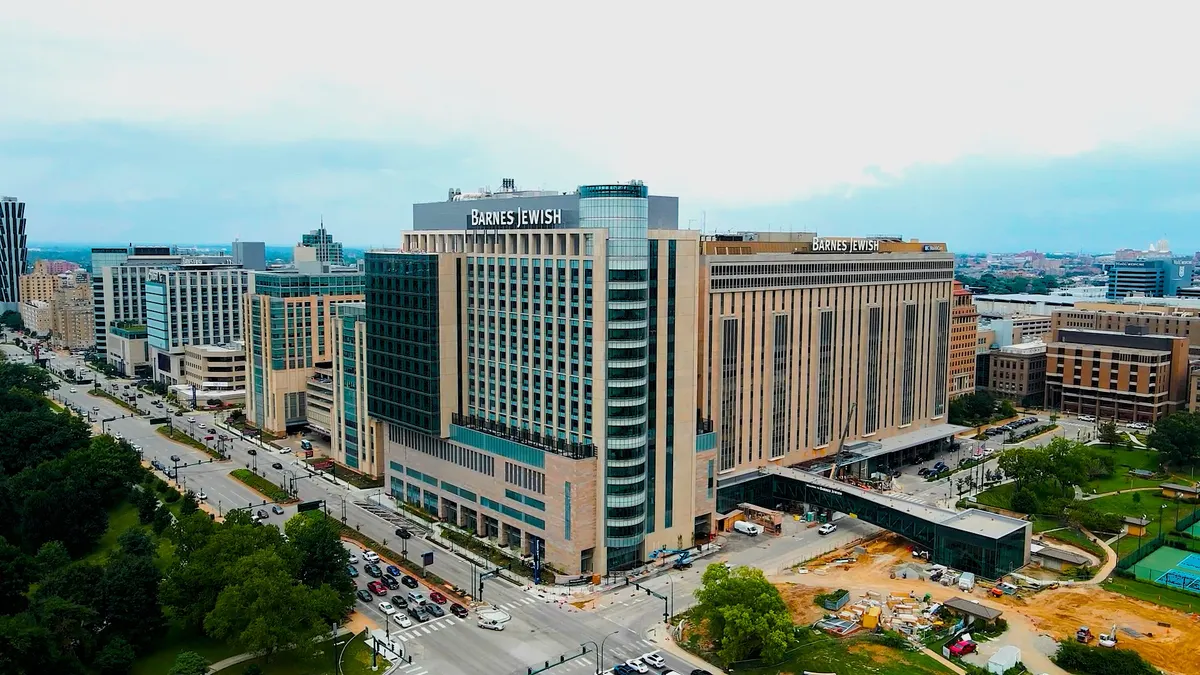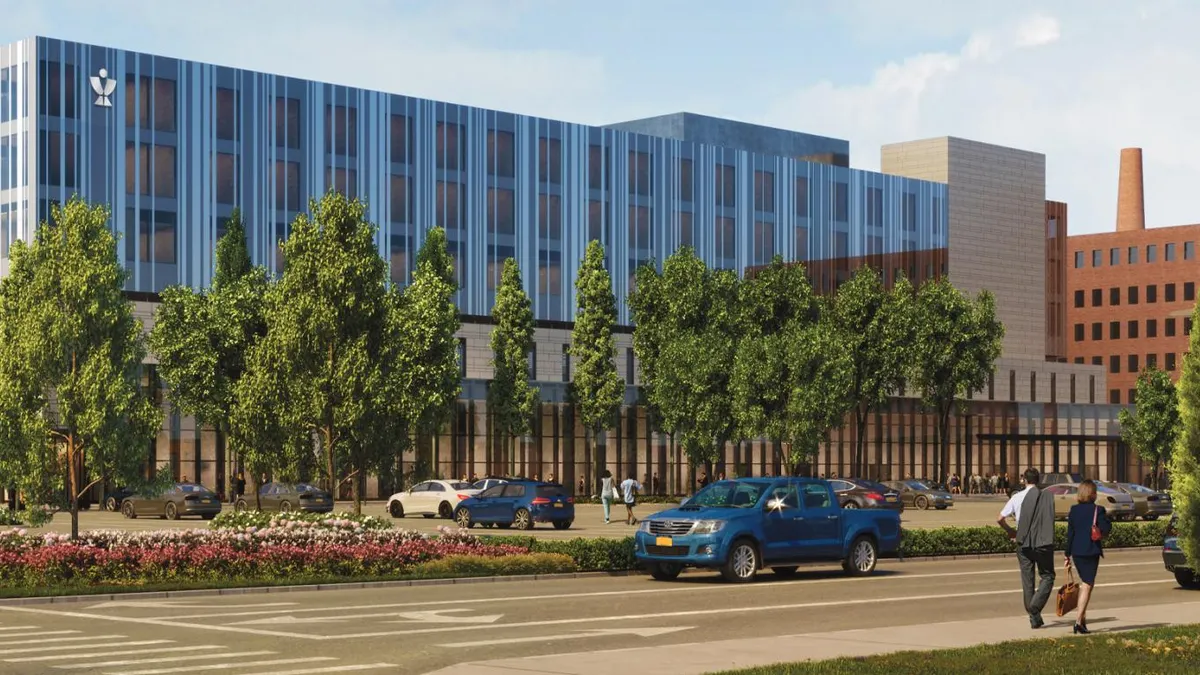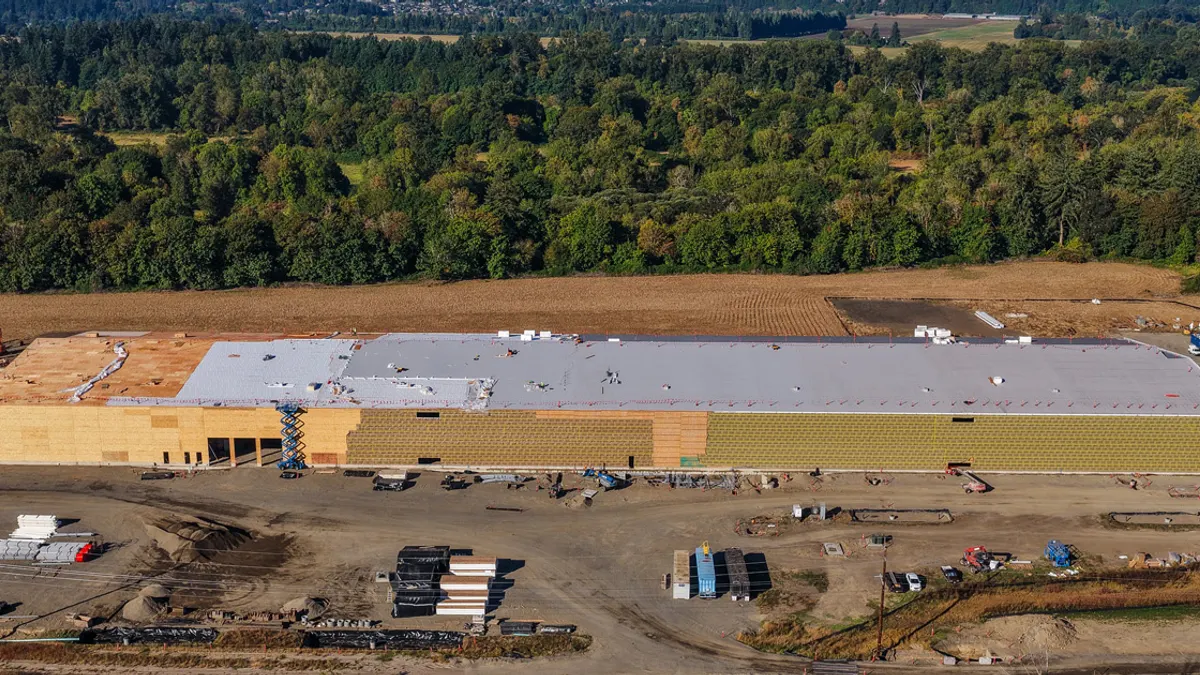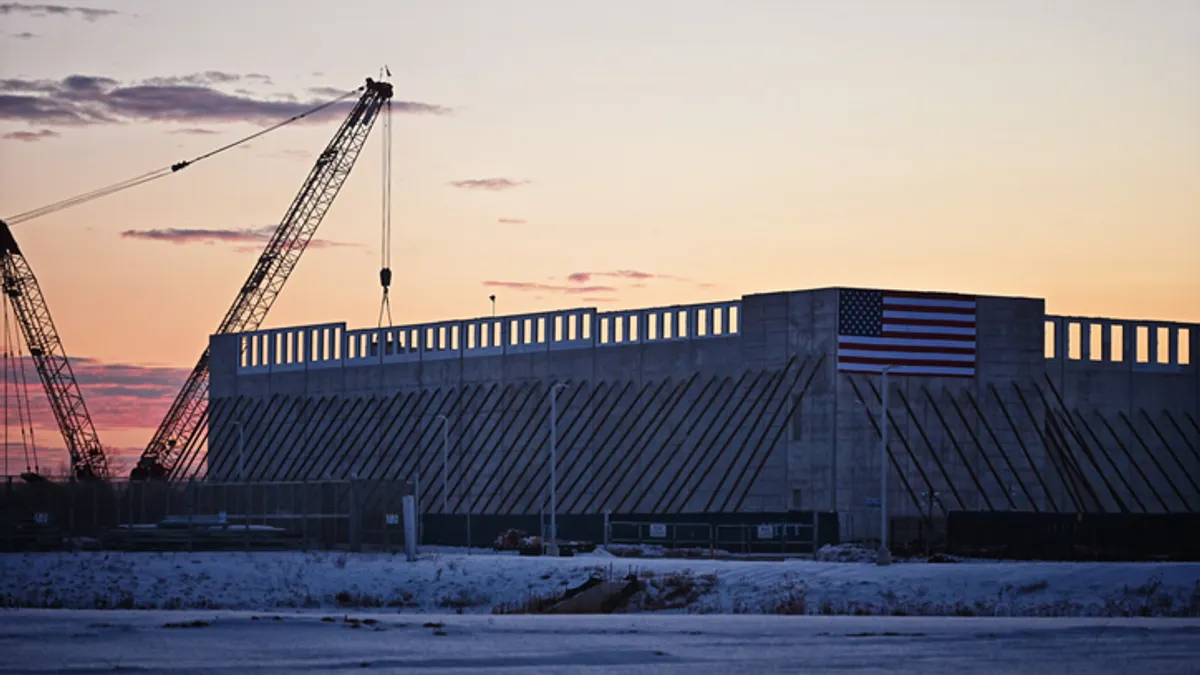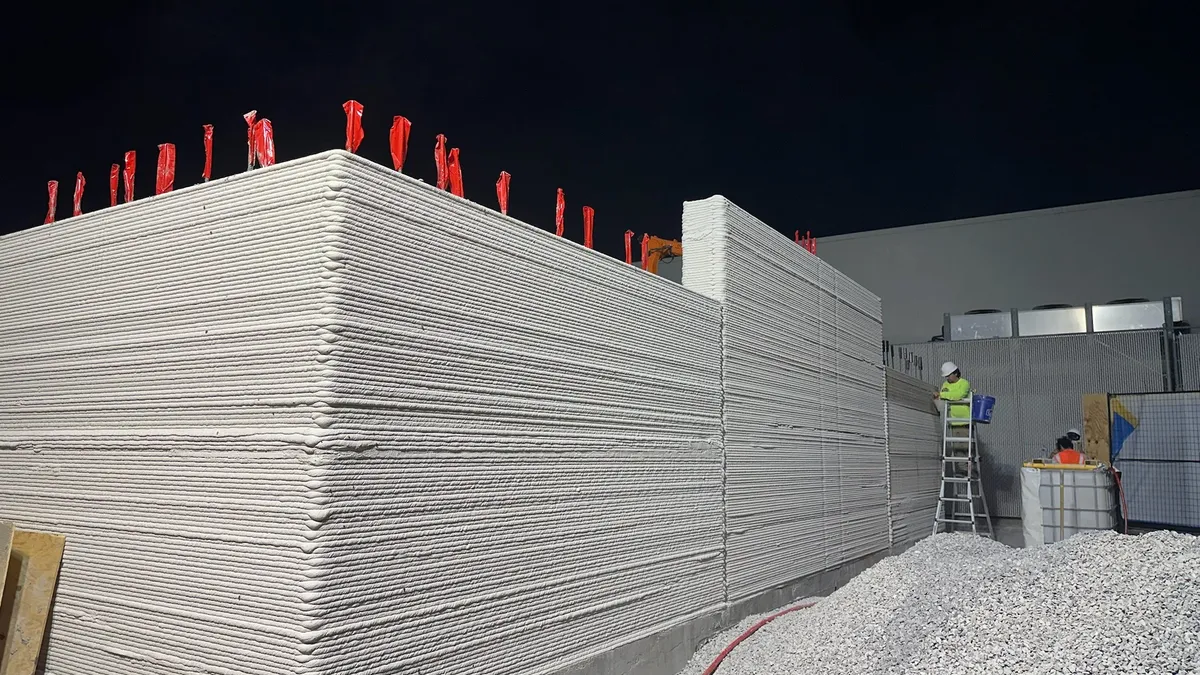Tony Qorri is vice president of construction at Dallas-based data center colocation provider DataBank. Opinions are the author’s own.
The artificial intelligence revolution has completely changed so many aspects of virtually every industry today. Organizations have already achieved game-changing, permanent improvements and continue to envision more innovations and benefits.
At the same time, AI is so transformative that it also presents new questions as many companies must develop strategies to take advantage of all it has to offer, outpace their competition or both.
The data center industry is no different, and one subset of our business — data center design and construction — could be affected even more than most. Like any other business, we’re accustomed to responding to market demands and other external factors to constantly pivot when building traditional enterprise data centers.

If those past conditions represented once-predictable winds of change, AI has now created a perfect storm of innovation, opportunity and transformation when designing and building the next generation of AI data centers. Once-standard, long-accepted practices and approaches have now become outdated — seemingly overnight — forcing data center operators and their customers to come up with new ways of thinking related to data center construction.
AI infrastructure flexibility
This new environment calls for infrastructure flexibility that adapts as customers’ changing requirements. That means offering multiple configurations for power, space and cooling to accommodate their future computing needs without complete redesigns.
While that flexibility to date has served enterprise and hyperscale customers effectively, AI workloads are now presenting an entirely new dimension. Data center builders are now experiencing “hard right and hard left” requests from different customers. For example, one might need complete air-cooling for network infrastructure while another is looking for extensive liquid cooling equipment for GPU-intensive operations.
These aren’t minor variations. They represent fundamentally different infrastructure approaches and completely new construction strategies.
AI data centers require specialized approaches that go far beyond traditional design considerations and project management approaches. In some cases, they present logistical and technical complexities that didn’t exist just a short time ago.
Liquid cooling
The shift to liquid cooling represents one of the most dramatic construction changes. Until recently, most traditional data centers used raised floors and perimeter cooling, but more intense AI workloads are now causing facilities to replace computer room air handler units with cooling distribution units. Those systems use secondary chilled water loops made from welded stainless steel components.
This change creates a domino effect that now requires specialized welding capabilities and stronger structural designs to support heavier thermal storage systems. These implications are affecting once-standard construction timelines and processes. It’s more challenging to attempt to fit more specialized work into the same schedules while also engineering new structural designs.
Supply chain constraints add another layer of complexity to AI data center construction. Past procurement approaches can be inadequate when attempting to source specialized materials such as high-grade copper components or stainless steel piping and control valves. As a result, we face the risk of dealing with limited availability and extended lead times.
In response, data center builders need to go two to three tiers deeper into the supply chain than in the past. For example, instead of working exclusively with switchgear vendors, form direct relationships with breaker manufacturers and cable suppliers. It’s evidence of more dominos falling: We need to forecast facility requirements years in advance and begin negotiating letters of intent for raw materials before the actual contracting occurs.
This deeper engagement creates a partnership model where suppliers now actively participate in the success of the project as opposed to simply fulfilling purchase orders. This new approach still requires careful attention to economies of scale, but it helps improve the supply chain security that AI infrastructure timelines now demand.
Labor challenges
Specialized mechanical and electrical trades are in critically short supply today, creating the most challenging aspect of AI data center construction.
Estimates suggest that in North America an additional 439,000 new workers are required to meet pending construction demand for data center projects. Additional research showed the total number of unfilled skilled trade jobs could hit two million by 2033.
If not managed effectively, this growing gap can force construction timelines and costs into unpredictable territory where past relationships with general contractors and current project management processes could come up short.
Builders need to forecast labor requirements up to three years ahead and, if appropriate, bring contractors into pre-construction activities three to six months earlier. Instead of following conventional bidding procedures, owners should engage contractors in design evolution and resource planning before breaking ground.
The scale of this challenge is evident across the industry. Projects that begin with predictable labor costs often face dramatic shifts as construction progresses. It's not uncommon to see 20% to 30% price increases for mechanical and electrical trades between phases of the same development.
That’s just the new reality of sourcing qualified workers from other markets with increased per diem costs and competitive wages. It’s reached the point where labor escalation is now recognized in multiple active developments and markets.
Adapting to the speed of AI
One thing is clear: Data center construction needs to quickly adapt to keep pace with the AI revolution. While these new challenges are unprecedented, they may also present new opportunities for operators who can identify new solutions early in the process.
Success now requires treating every aspect of construction — from supply chains to labor partnerships — as strategic investments rather than transactional relationships. As AI workloads continue to evolve, the data center operators who thrive will be those who view adaptation not as an obstacle but as a potential differentiator in an industry being redefined in real time.


